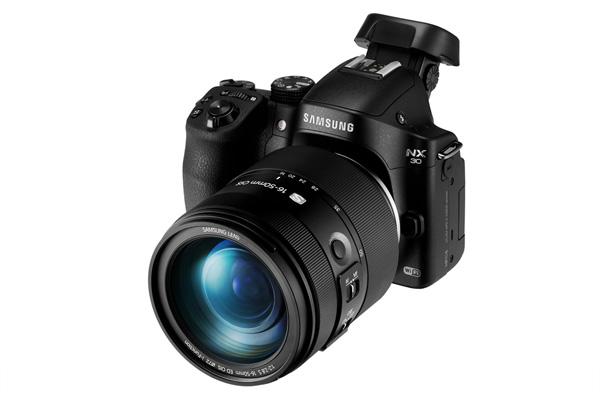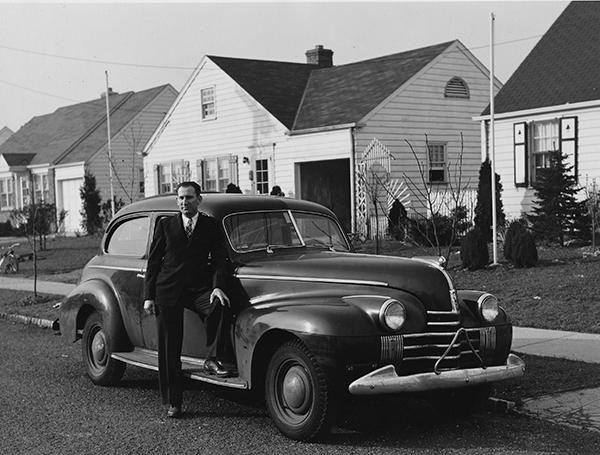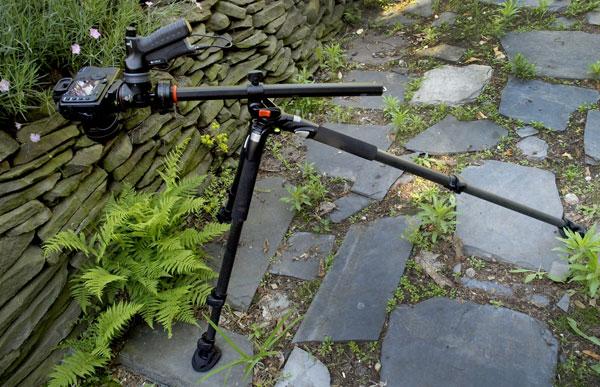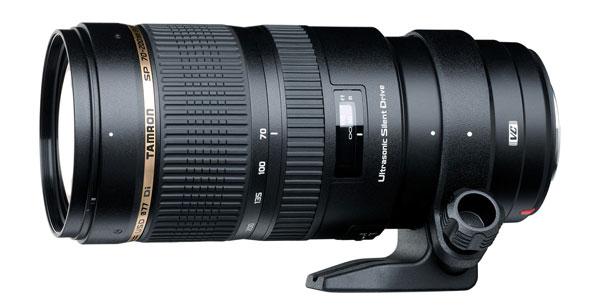George Schaub
|
Jan 21, 2014
|
Jan 17, 2014 |
First Published: Dec 01, 2013
|
Jan 14, 2014
|
Jan 07, 2014 |
First Published: Dec 01, 2013
|
Jan 07, 2014 |
First Published: Nov 01, 2013
|
Dec 24, 2013 |
First Published: Nov 01, 2013
|
Dec 18, 2013
|
Dec 17, 2013 |
First Published: Nov 01, 2013










